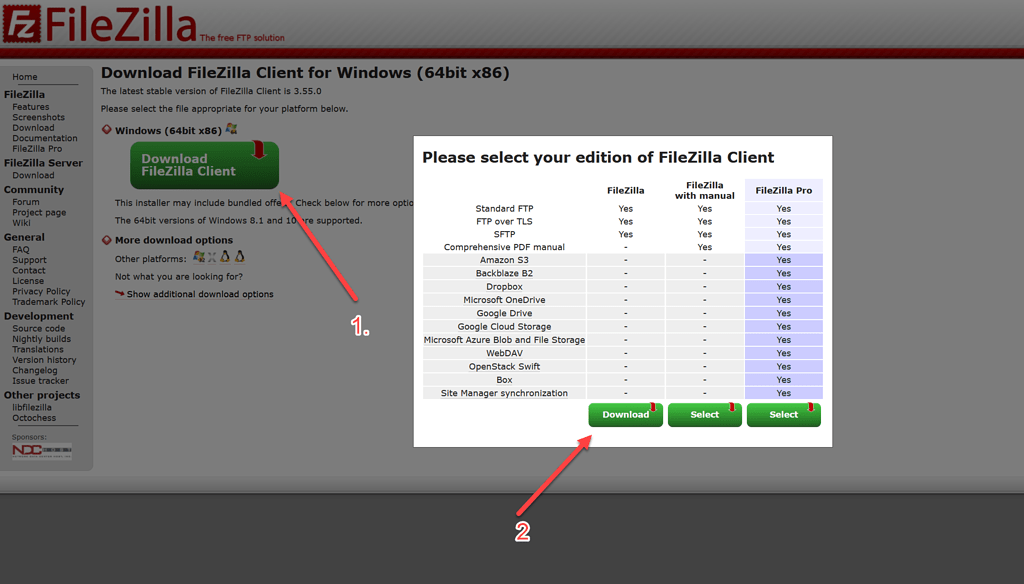

The General tab allows you to edit whether a user is enabled, their credentials, which groups the user belongs to, the mount points and optionally a description.Then, on the right side ofthe Users panel tabs you find three tabs: To edit a user, select it from the list on the left of the Users panel. Which kind of credentials must be used to log in.One user can belong to more than one group (see the Groups section), and the order in which groups are listed is significant. Inspect SITE HELP output for complete list of supported commands.FileZilla Server supports the creation of users and groups. Sends site specific commands to remote server (like SITE IDLE 60 or SITE UMASK 002). Restart transfer from the specified point. Returns the current directory of the host. Specifies an address and port to which the server should connect. Select options for a feature (for example OPTS UTF8 ON). No operation (dummy packet used mostly on keepalives). Returns a list of file names in a specified directory. Sets the transfer mode (Stream, Block, or Compressed). Provides data about exactly the object named on its command line in a standardized machine-readable format. Lists the contents of a directory in a standardized machine-readable format. Modify the last modification time of a file. Modify fact (the last modification time, creation time, UNIX group/owner/mode of a file). The 'MFMT', 'MFCT', and 'MFF' Command Extensions for FTP Return the last-modified time of a specified file. Specifies a long address and port to which the server should connect. Returns information of a file or directory if specified, else information of the current working directory is returned. Identify desired virtual host on server, by name. Returns usage documentation on a command if specified, else a general help document is returned. Get the feature list implemented by the server. Specifies an extended address and port to which the server should connect. For example, GET is the common user command to download a file instead of the raw command RETR.Īllocate sufficient disk space to receive a file. Note that most command-line FTP clients present their own set of commands to users.

All commands below are RFC 959 based unless stated otherwise. Below is a list of FTP commands that may be sent to an FTP server, including all commands that are standardized in RFC 959 by the IETF.


 0 kommentar(er)
0 kommentar(er)
